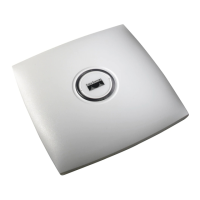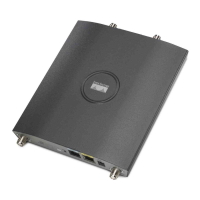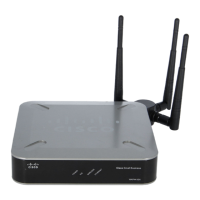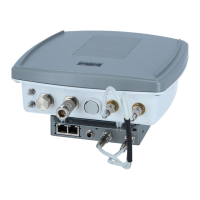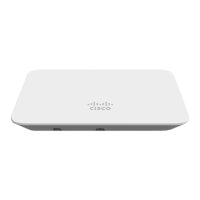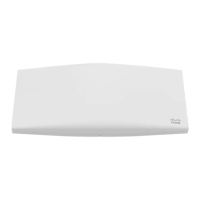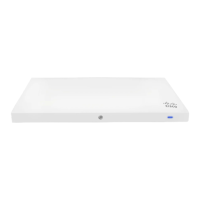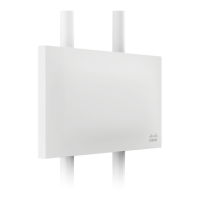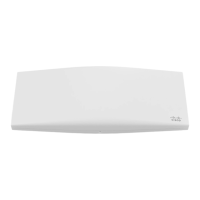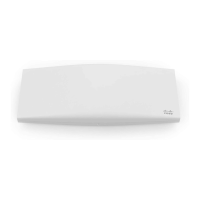Table 32: Mesh Access Points and Cisco 3200 Interoperability
Cisco 3200 ModelMesh Access Point Model
c3201
21
, c3202
22
, c3205
23
1552, 1522
20
c3201, c32021524PS
c3201, c32051524SB, 1130, 1240, Indoor 802.11n mesh access
points
20
Universal access must be enabled on the AP1522 if connecting to a Cisco 3200 on the 802.11a radio or 4.9-GHz band.
21
Model c3201 is a Cisco 3200 with a 802.11b/g radio (2.4-GHz).
22
Model c3202 is a Cisco 3200 with a 4-9-GHz subband radio.
23
Model c3205 is a Cisco 3200 with a 802.11a radio (5.8-GHz subband).
Configuration Guidelines for Public Safety 4.9-GHz Band
For the AP1522 or AP1524PS and Cisco 3200 to interoperate on the public safety network, the following
configuration guidelines must be met:
• Client access must be enabled on the backhaul (mesh global parameter). This feature is not supported
on the AP1524PS.
• Public safety must be enabled globally on all mesh access points (MAPs) in the mesh network.
• The channel number assignment on the AP1522 or AP1524PS must match those on the Cisco 3200 radio
interfaces:
◦ Channels 20 (4950 GHz) through 26 (4980 GHz) and subband channels 1 through 19 (5 and 10
MHz) are used for Cisco 3200 interoperability. This configuration change is made on the controller.
No changes are made to the mesh access point configuration.
◦ Channel assignments are only made to the RAP. Updates to the MAP are propagated by the RAP.
The default channel width for Cisco 3200s is 5 MHz. You must either change the channel width to 10 or 20
MHz to enable WGBs to associate with the AP1522 and AP1524PS or change the channel on the AP1522 or
AP1524PS to a channel in the 5-MHz band (channels 1 to 10) or 10-MHz band (channels 11 to 19).
• Radio (802.11a) must be disabled when configuring channels and then reenabled when using the CLI.
When using the GUI, enabling and disabling of the 802.11a radio for channel configuration is not
required.
•
Cisco 3200s can scan channels within but not across the 5, 10 or 20-MHz bands.
Cisco Mesh Access Points, Design and Deployment Guide, Release 7.3
OL-27593-01 137
Connecting the Cisco 1500 Series Mesh Access Points to the Network
Configuring Local Mesh Parameters
